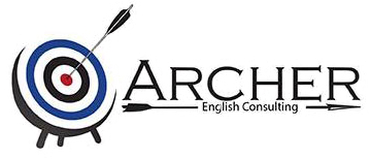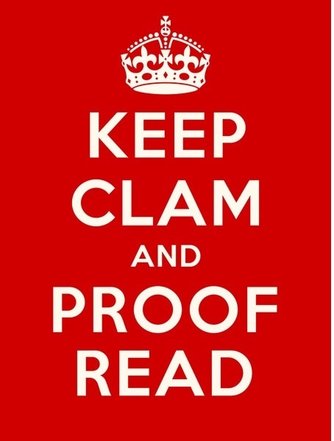Tips from a Writer
- Outline before you write, either mentally or on paper. Hopefully on paper… The more detailed your outline, the easier the writing will be.
- Picture a target reader when you are writing. Are you explaining everything clearly and with sufficient detail to take the picture in your mind and transform it into a written text that will help them paint a similar picture in their mind?
- You are your own worst editor because you know what the draft is supposed to say. We miss so many typos because we see what we want to see, not what is on the page. Get a friend or colleague to read your manuscript before sending it anywhere. If you are nervous about having a friend read it, why would you want anyone who could be important to your career read it?
- Don’t rush to publish. Put the draft away for a day or two and read it again with fresh eyes. You will make improvements 99.9% of the time.
- Experiencing writer’s block? Take a shower or go outside and take a walk. That’s when I get a lot of ideas for my articles.
Tips from a Writing Teacher
- If you only read for content, you will never build a mental database that will help you become a better writer. Observe how words regularly work together to make phrases, phrases make sentences, sentences make paragraphs, paragraphs make sections, and sections, make articles.
- Academic and business writing is formulaic. Follow the rules. Don’t try to be too creative. While there is no one exact template for a business email or academic journal paper, they do have a lot of similarities that can serve as good examples if you are unsure about how to write one.
- You can make an outline in your first language but you need to actually write the text in your target language. If you can’t write well in the target language, you won’t be able to translate it later either.
- Choose a target publication before you start writing. This way you can write for a specific audience and follow the formatting and submission guidelines from the moment you begin typing.
- Learn what you can and can’t copy. You can (and should) copy format but you can’t copy whole sentences and ideas and ideas without citing the source and giving proper credit.
Tips from an Editor/Proofreader
- Keeping your tone consistent is challenging, especially when you don’t have a good feel for tone in writing. If you are using an editor/proofreader, mention that you would like for them to keep an eye out for inconsistencies in tone.
- Some things in English are just plain hard, like prepositions. Others, like subject-verb agreement and plurals with regular nouns, are easier to catch. Read through your manuscript and try to catch as many of those kinds of errors as you can before sending the manuscript to your editor or submitting it.
- Be consistent. Use capitalization and punctuation consistently throughout your paper. Pick a formatting style and stick with it.
- Learn from your mistakes. Keep track of the kinds of issues your editor is pointing out and try to reduce them over time.
- Don’t look at editorial suggestions and changes as attacks. The editor is trying to help you make your paper better. Don’t reply to the feedback until at least one day later and you have had to digest it (and maybe calm down). If you disagree with the comments and changes, open a dialogue and explain your choices and intentions rationally, not emotionally.


 RSS Feed
RSS Feed